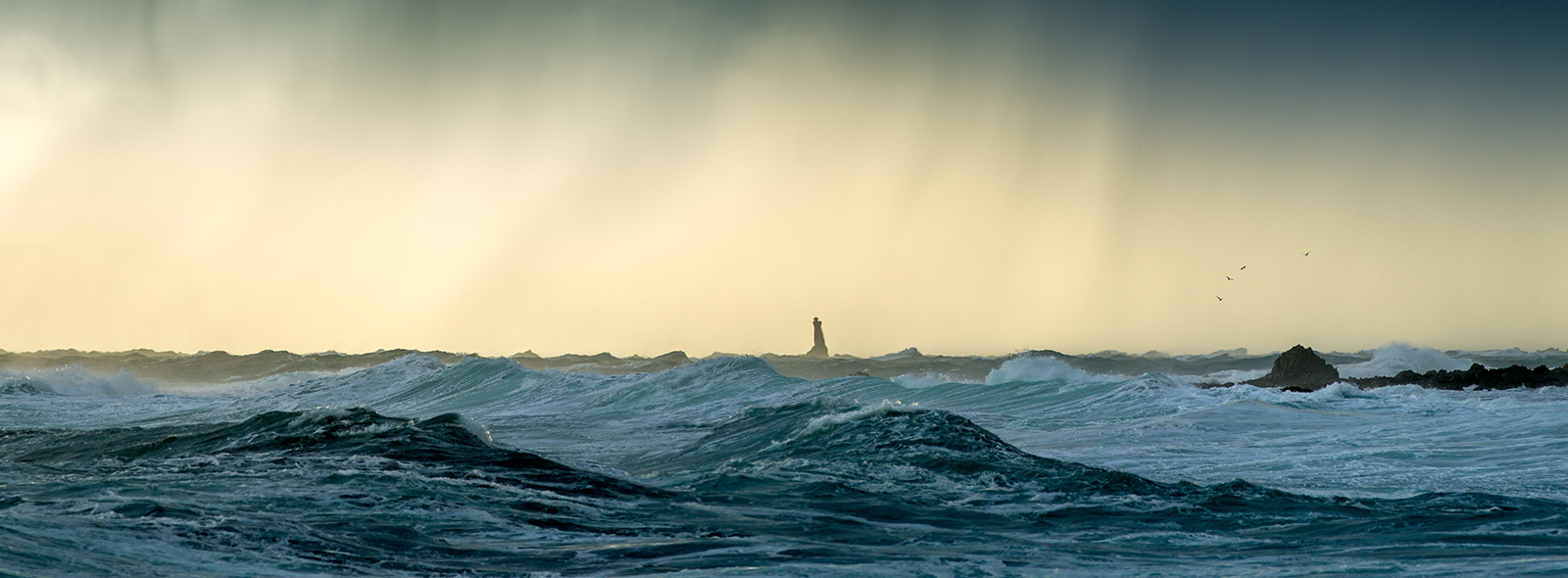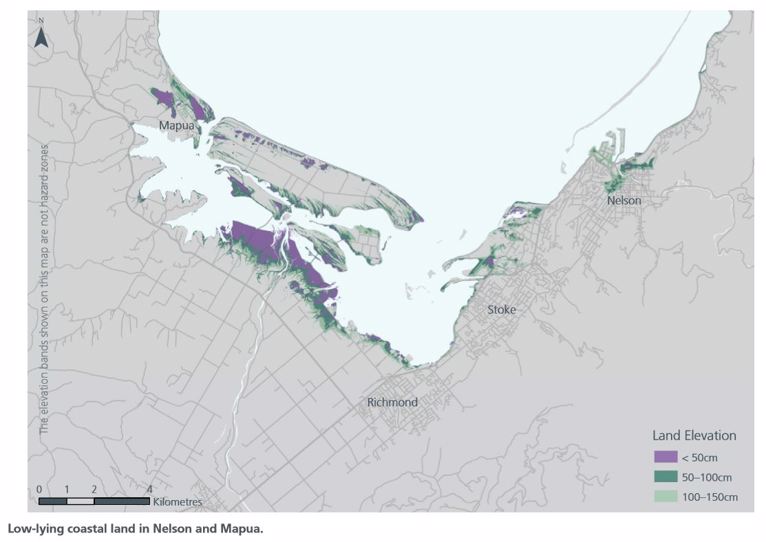Preparing New Zealand for rising seas: Certainty and uncertainty

Like other countries, New Zealand needs to prepare for rising seas.
Over many millennia, the Earth’s climate has cycled between ice ages and warm ‘interglacial’ periods. Over the last seven thousand years the climate has been relatively stable, but this is now changing. Increasing concentrations of carbon dioxide and other greenhouse gases in the atmosphere are trapping heat and the climate has begun to respond. One of the major and certain consequences is rising sea level.
Nowhere in our island nation is far from the sea, and most of us live within a few kilometres of the coast. Houses, roads, wastewater systems, and other infrastructure have been built in coastal areas with an understanding of the reach of the tides and the recognition that storms will occasionally combine with high tides to cause flooding.
However, with rising seas, tides, waves and storm surges will reach further inland than before, resulting in more frequent and extensive flooding. Along some coasts, erosion will increase and shorelines will recede. In some areas, the water table will rise.
The task of planning for sea level rise is challenging on many levels. For a start, it is technically complex, and the size and timing of impacts are uncertain. Perhaps the most difficult aspect is the impact on people’s homes, which for many are not just their homes, but also their financial security.
Maps
See the set of regional land elevation maps published for this report


